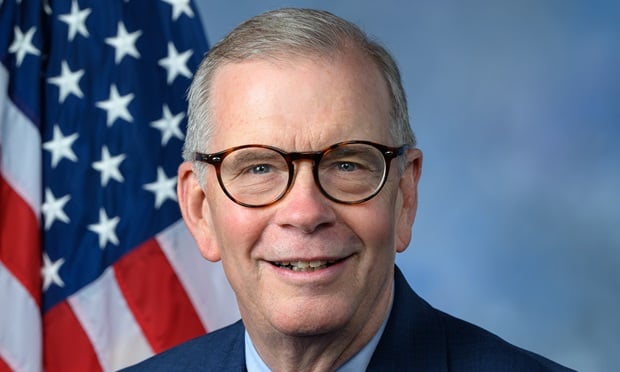 The momentum of state-level activity could be a game changer, fueling a broad movement toward lower hospital payments. (Photo: Shutterstock)
The momentum of state-level activity could be a game changer, fueling a broad movement toward lower hospital payments. (Photo: Shutterstock)
States. They're just as perplexed as the rest of us over the ever-rising cost of health care premiums.
Now some states are moving to control costs of state employee health plans. And it's triggering alarm from the hospital industry. The strategy: Use Medicare reimbursement rates to recalibrate how they pay hospitals. If the gamble pays off, more private-sector employers could start doing the same thing.
Recommended For You
Complete your profile to continue reading and get FREE access to BenefitsPRO, part of your ALM digital membership.
Your access to unlimited BenefitsPRO content isn’t changing.
Once you are an ALM digital member, you’ll receive:
- Breaking benefits news and analysis, on-site and via our newsletters and custom alerts
- Educational webcasts, white papers, and ebooks from industry thought leaders
- Critical converage of the property casualty insurance and financial advisory markets on our other ALM sites, PropertyCasualty360 and ThinkAdvisor
Already have an account? Sign In Now
© 2025 ALM Global, LLC, All Rights Reserved. Request academic re-use from www.copyright.com. All other uses, submit a request to [email protected]. For more information visit Asset & Logo Licensing.








